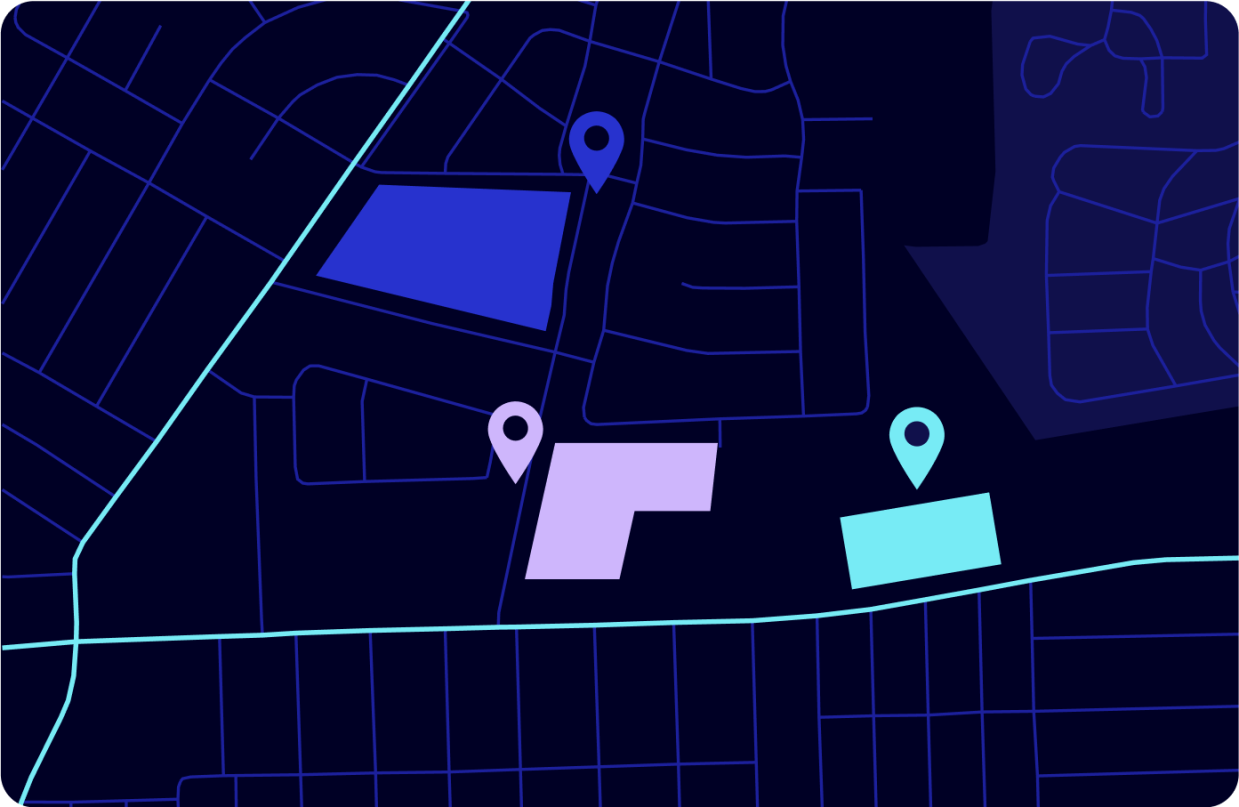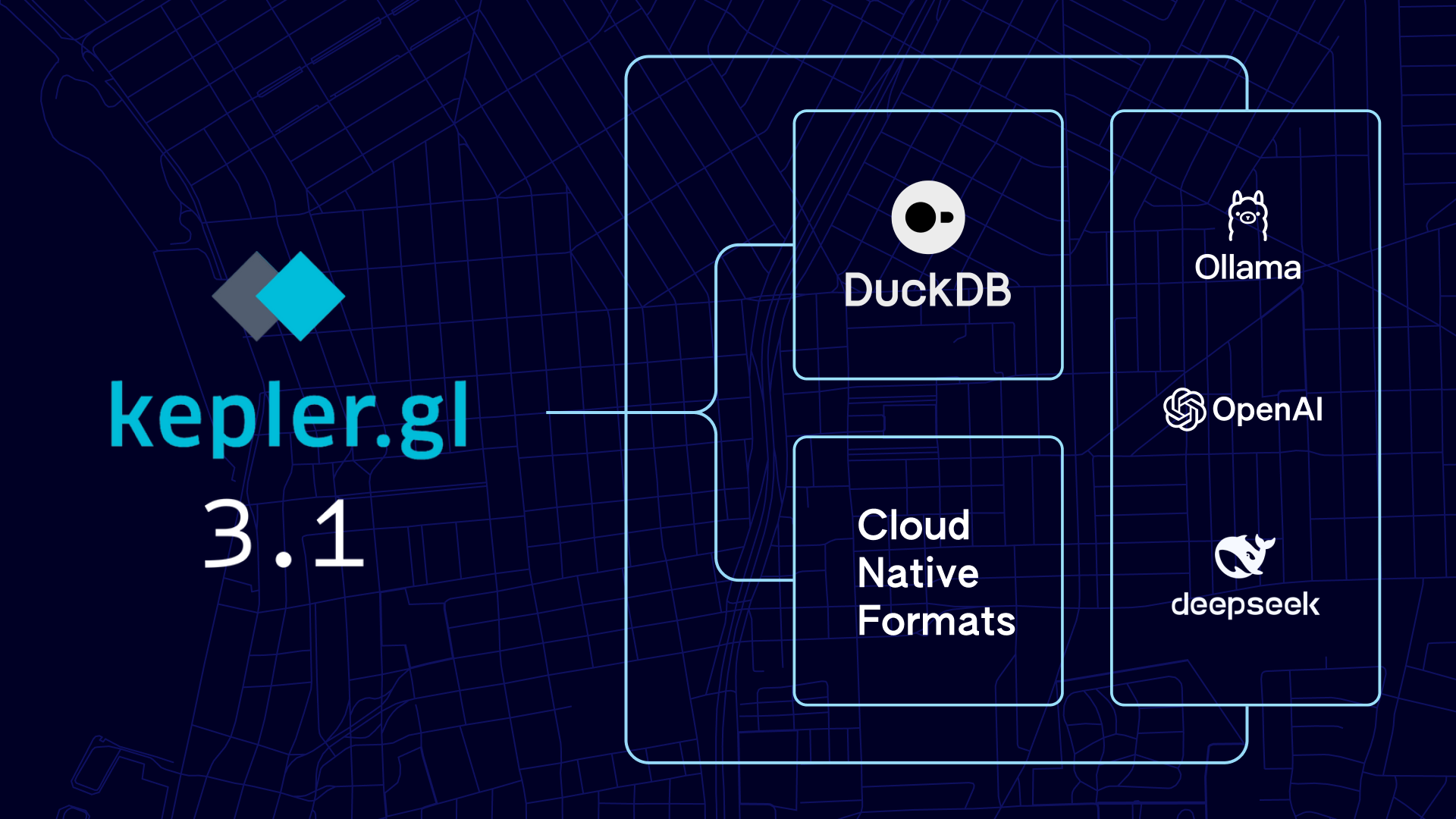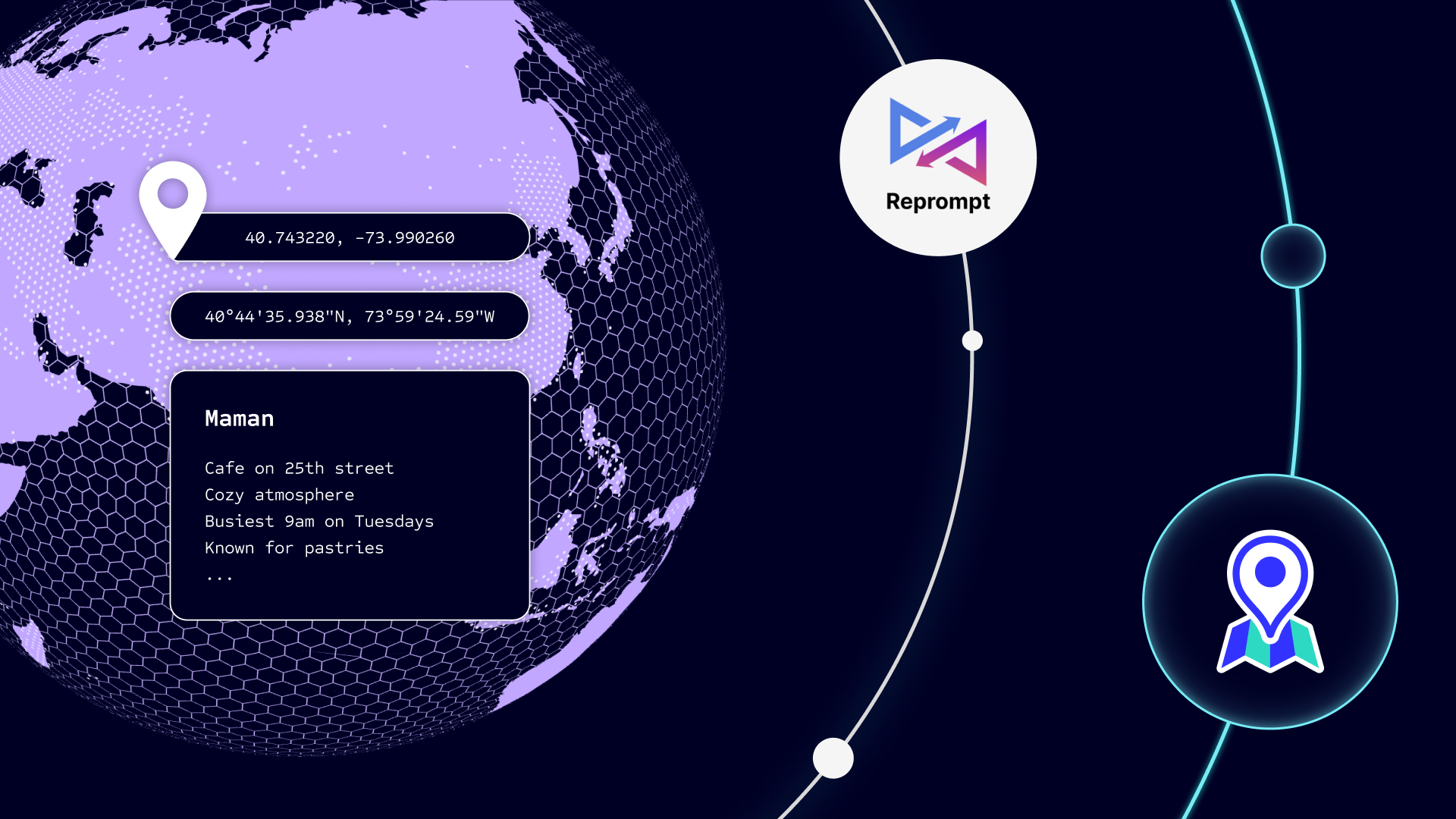All brands, even the most established, are constantly exploring ways to expand their reach and connect with new consumers.
While there are many approaches that brands can use to diversify engagement, one of the most pragmatic involves point of interest (POI). POI location data is critical when engaging in location-based advertising, a tactic that increases return on investment from marketing efforts and bolsters bottom lines across verticals.
Still, what is location-based advertising exactly? How does the use of it work, and more importantly, how can it level up your marketing game?
In this exploration of all things location-based advertising, also referred to as proximity-based marketing, geolocation marketing, or geo-targeting, we’ll take a closer look at the tools and technologies you can use to harness real-time POI data, such as location-aware apps and devices.
Overall, location-based advertising will enhance brand awareness and position your content in front of the right audiences at ideal points in the customer journey.
What Is Location Intelligence?
Location intelligence (LI) refers to collected, structured, analyzed, and visualized geospatial data that provides actionable insights. Location intelligence data includes geospatial information such as weather, traffic, demographics, and movement trends.
Organizations can leverage location intelligence to identify patterns among their consumer base, determine where and how an event or series of events occur, and to better understand subsequent behaviors. It can also power location-based advertising efforts by facilitating pinpointed ad targeting to account for demographics, consumer trends, and other metrics.
Location-aware technology is the primary means of collecting location intelligence data. It is a broad term that encompasses everything from tracking sensors to the methods, processes, and software used to detect geographical positioning. Examples of location-aware technology include Wi-Fi, GPS, and enhanced observed time difference (E-OTD) software.
Understanding and applying location intelligence concepts is the first step to incorporating location-based advertising into your marketing strategy.
How Does Location-Aware Technology Fit into Advertising, Marketing, and Decision-Making?
Location-aware devices, applications, and other technologies play a crucial role in modern advertising, marketing, and decision-making. Location-aware tech applications gather data that can be analyzed and transformed into interactive maps, charts, or other easy-to-digest content. Some applications also provide data for location-based advertising software, using pre-existing data from users’ opt-in mobile devices to target tailored content.
For example, suppose you run a small business within Los Angeles and its surrounding communities. Location-based advertising would enable you to reach customers and leads within said communities. It also prevents wasted marketing revenue on individuals outside your target market or demographic.
Due to the increasingly competitive and saturated nature of the modern digital marketplace, location-based advertising is becoming a must-use tactic. Location-based advertising will enable your business to differentiate itself from competitors, increase ROI on ad spending, generate higher quality leads, and drive conversions.
Location intelligence data not only improves the efficacy of active campaigns, but can also assist with planning and optimizing future ones. For instance, you could create robust interactive maps using geospatial data to identify where most of your leads and conversions originate. You could then use these insights to hyper-target more lucrative markets and better understand why your campaigns were not as effective in areas producing less conversions.
Leveraging Location-Aware Data for Advertising and Marketing
There are many types of location-based marketing and advertising, including the following:
Geo-Aware Ad Targeting
Geo-aware ad targeting is a marketing tactic that employs mobile device location intelligence data to target leads with marketing content precisely. It’s an advantageous strategy for defining, targeting, and connecting with specific audiences or segments.
Geofencing
Geofencing involves the use of geographic data to create a virtual perimeter around a particular area, such as a neighborhood, community, or even an entire city. When targeted audience members enter the geofence, marketers can automatically deliver tailored advertising content to those mobile devices.
Geotargeting
Geotargeting involves the use of geographic data and other geospatial information to target users with content based on real-time location, thereby enriching their user experience. For instance, a local restaurant might want to geo-target potential customers on social media apps when they are within a two-mile radius of the establishment.
Additional Use Cases for Location Data
As it pertains to advertising campaigns, location intelligence data can be used for a variety of purposes. Specifically, it can enable marketers to increase engagement by ensuring their intended audience has relevant, timely content.
Monitoring location intelligence data also allows marketers the ability to adjust their advertising tactics mid-campaign by tracking trends and measuring the efficacy of location-based advertising efforts from the start. If a particular piece of content is producing underwhelming results among a core demographic, a pivot can be made to increase engagement and boost ROI.
A few other use cases for location data include:
- Gaining audience insights
- Audience segmentation
- Tracking and attributing leads
When brands have access to real-time location-based data, the possibilities are limitless.
What Types of Businesses Use Location-Aware Data, and Is It Effective?
Location-based advertising is incredibly effective for building brands, expanding an online presence, and connecting with the right customers. Location-aware data is handy for increasing awareness about products and services, generating more foot traffic at brick-and-mortar locations, and driving up the marketing campaign ROI.
Due to the success of this marketing strategy, businesses across a wide range of sectors are embracing location-based advertising. A few examples of businesses that are leveraging location-based data include:
- Real estate firms
- Restaurants
- Local service providers (i.e., plumbers, HVAC technicians)
- Gyms
Local businesses are not the only entities harnessing the power of location data, though. Top brands are powering their location-based efforts with leading-edge location-aware technologies from Foursquare. Some major brands that are using Foursquare Places include:
- Redfin
- Nextdoor
- Uber
- ABInBev
- Allegiant Air
These companies are among the many using location-aware technology to enhance their consumers’ experience.
Is Location-Based Marketing Right for My Business?
Location-aware advertising is right for any business looking to increase brand awareness, including yours. When incorporating location-aware technology into your business model, however, it is crucial to be transparent because you are responsible for upholding consumers’ privacy.
Protecting consumers’ privacy rights has become especially important with the introduction of sweeping privacy laws like the California Consumer Privacy Act. The CCPA and other bills outline businesses’ responsibilities when collecting and storing confidential consumer information, such as location data.
It’s imperative to familiarize yourself with relevant consumer privacy laws before incorporating location-based technology into your growth strategy. The next step is to find the right tech and tools for your business. That’s where we come in.At Foursquare, we provide clients with access to powerful, intuitive location intelligence technologies. To learn more, explore Foursquare Places and discover how we can help you build better solutions using POI data.



